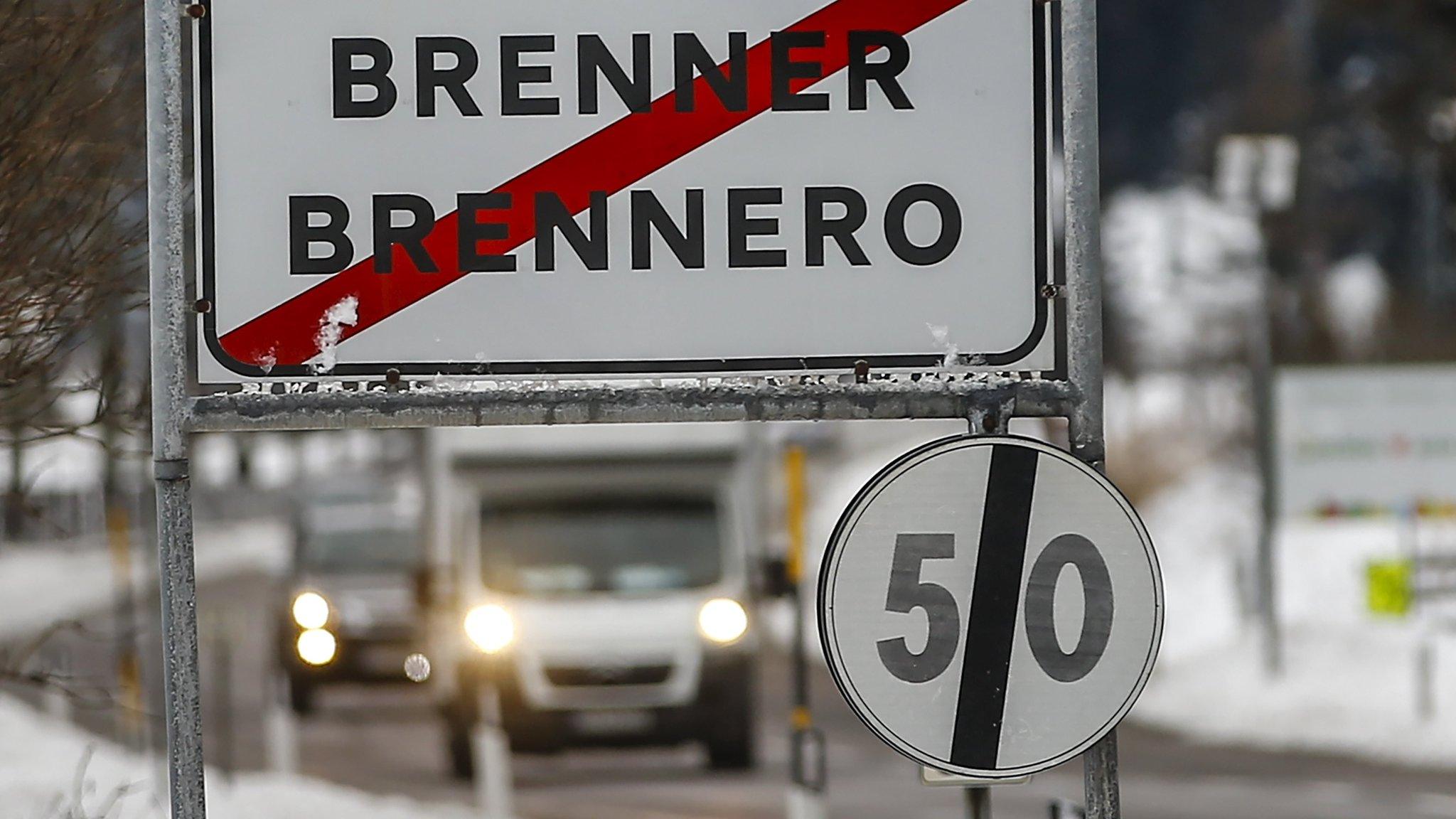Migration fears spark Italy-Austria border row at Brenner
- Published
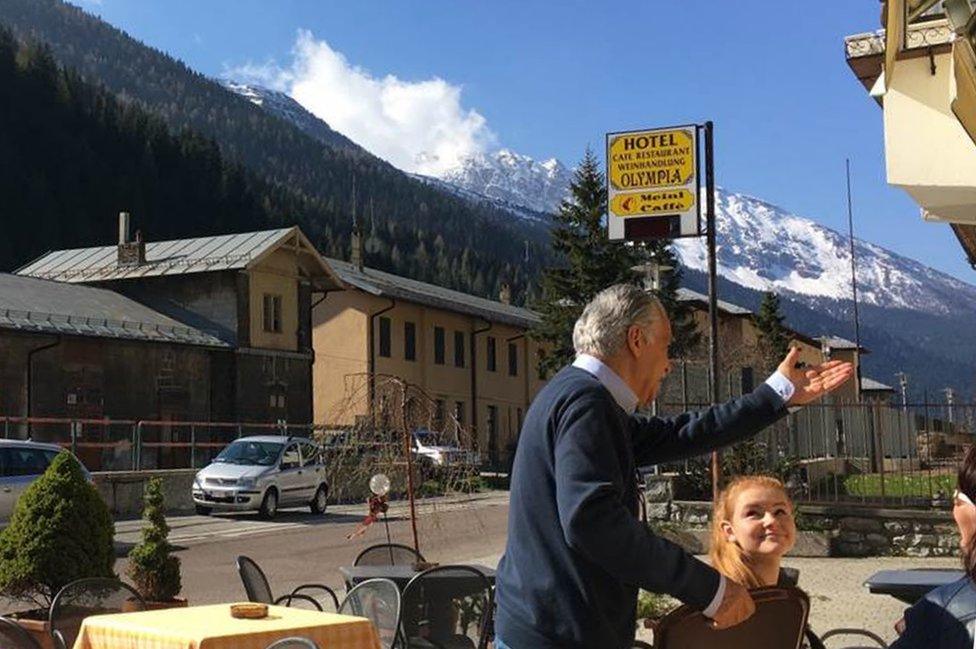
Brenner lies on a key trade route between Southern and Northern Europe
The Alps around Brenner are still capped with snow. This village, the last in Italy before the Austrian border, consists of little more than a few houses, cafes and an outlet shopping centre.
It nestles in a narrow, steep Alpine valley, where they have squeezed in a motorway and a railway line.
That infrastructure makes this one of the most important transit routes in Europe - for trade, tourism and now, possibly, for migrants.
There are fears that the Brenner Pass could become one of the next hotspots in Europe's migrant crisis.
When Austria announced plans for tighter border controls, Italy reacted angrily at first but has since increased measures to keep migrants from travelling north.
In return, Austria says it will not put its scheme into action, for now.

Police used tear gas on protesters angered by Austria's plans
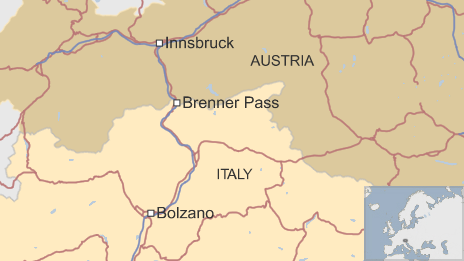

Over the past couple of years, small groups of migrants have become a common sight in Brenner.
Arriving at the station, I saw two North African women and a young boy trying to work out the time of the next train to the Austrian town of Innsbruck.
Around the corner, a Nigerian man glanced furtively over his shoulder as a police car drove by.
Local authorities say the number of migrants crossing here at the moment is very low, around 20 to 40 a day.
But, with the closure of the Western Balkan route from Turkey, it is feared many more migrants may now try to make their way across the Mediterranean, and up through Italy towards Austria and Germany.
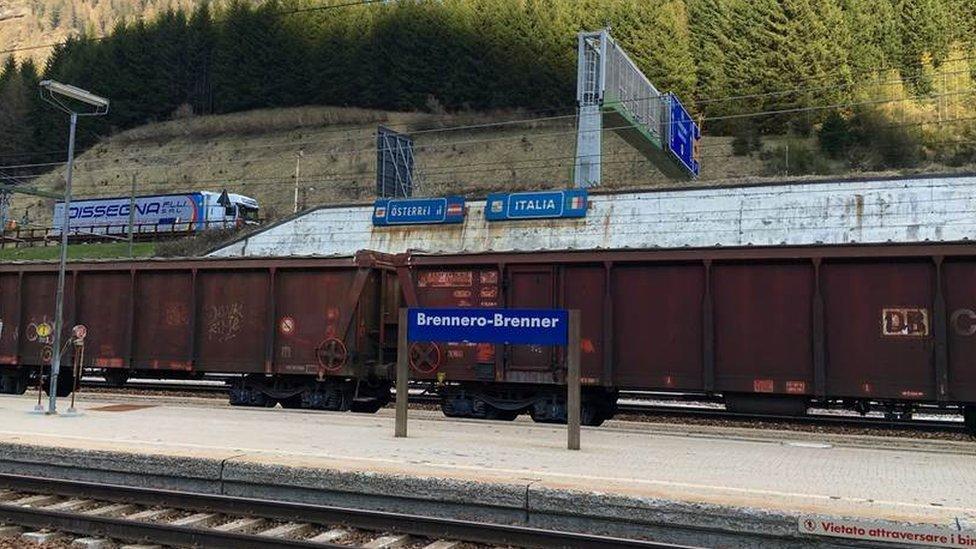
A motorway and a railway line have been squeezed into the Brenner Pass
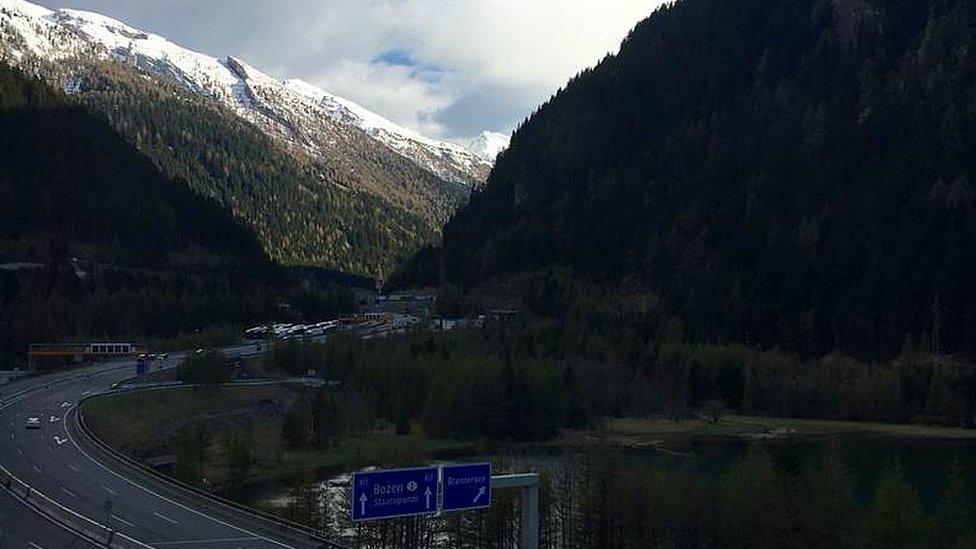
The motorway is a vital transit route between the two countries
Austria's contingency plans for more migrant arrivals included building three short fences at Brenner, measuring a total of 370m (1,200ft).
"There are 200,000 to a million people in Libya, who will perhaps make their way north," said Interior Minister Wolfgang Sobotka.
"Then we will be in the situation where we have to manage this border efficiently and in accordance with the rule of law."
Mr Sobotka said it was about ensuring order at the border, which runs through the northern end of the village.
But the suggestion was hugely controversial. Italy said any move to close the border would be a blatant breach of European rules.
Prime Minister Matteo Renzi said he was "totally opposed" to the plans, which he said were mistaken, anachronistic and unjustified.
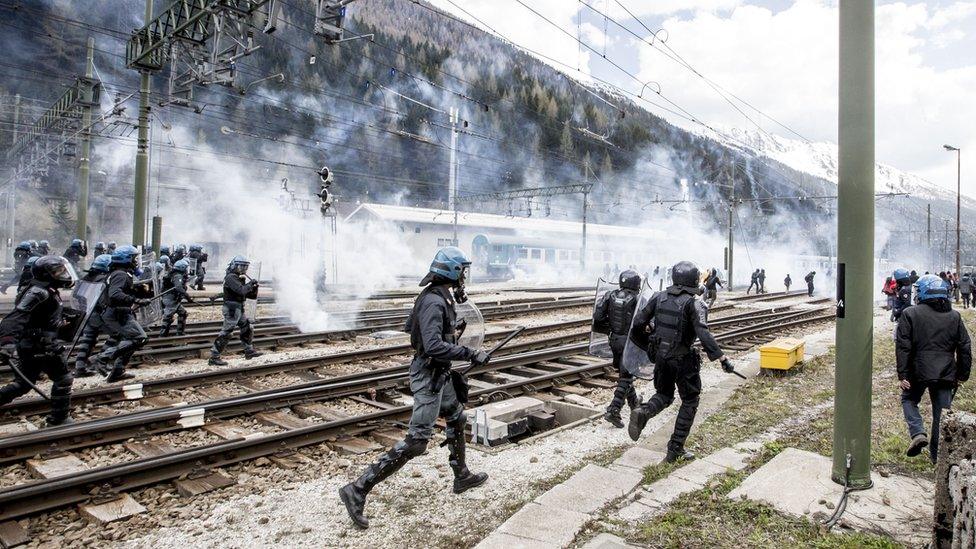
A protest against Austrian plans to impose border controls earlier this month turned to violence
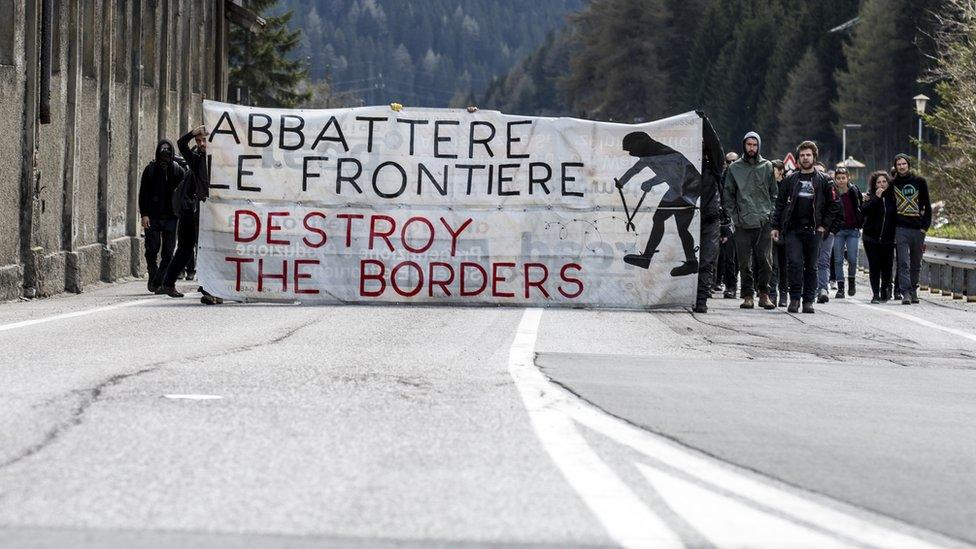
The protesters object to Austria's border fence proposals
In recent weeks, left-wing and anarchist protesters have held three violent demonstrations in Brenner against border closures. Stones were thrown and clouds of tear gas enveloped the railway station.
The European Commission, which has allowed Austria to extend controls on its borders with Hungary and Slovenia, has not given the green light to its plans at Brenner.
The Brenner Pass is a hugely important transit route for trade between northern Europe and Italy, and any delays at the border would make costs go up for lorry firms.
The mayor of Brenner, Franz Kompatscher, says traffic jams at Brenner would have "big economic consequences throughout Europe".
There are also concerns that the village, of around 350 people, would be unprepared to deal with hundreds of stranded migrants.
"Half the year we have snow, we have bad weather, so it's not the kind of place where you can imagine having tents here for a long time," says volunteer Monika Weissensteiner.
So far the Austrians have not done much at Brenner, apart from constructing a shelter in a motorway lay-by.
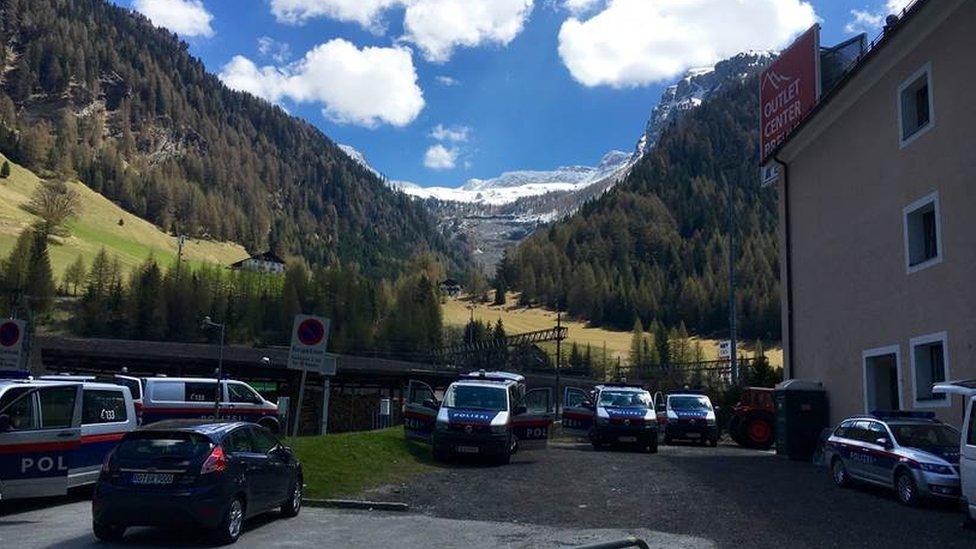
Local residents fear the threat of border fences has not gone away
For now, the two countries appear to have patched up their quarrel.
The Italian and Austrian interior ministers, Angelino Alfano, and Wolfgang Sobotka, met at the Brenner Pass last week.
Mr Alfano said 110 extra guards would patrol trains and roads around Brenner to prevent migrants crossing into Austria.
Mr Sobotka said that, as the number of migrants had dropped to almost zero, it was not necessary to carry out border controls at Brenner, at least for now.
'Sad thing, bad thing'
But many locals here fear the threat of a fence has not gone away for good. More than 31,000 migrants have landed in Italy by boat this year.
There are concerns that a fence, however short, would symbolise the end of open borders in Europe, and risk awakening old historical resentments.
Brenner, on the Italian side, is in South Tyrol, Italy's mainly German-speaking province. Once part of the Austrian Empire, South Tyrol was annexed by Italy after World War One.
"This isn't like any other border," one man told me. "It would be very painful if Austria, our former Fatherland, put up a fence between us."
An Austrian woman agreed. "It would be a very sad thing, a bad thing," she said.
"Fences divide people. It's not the solution."
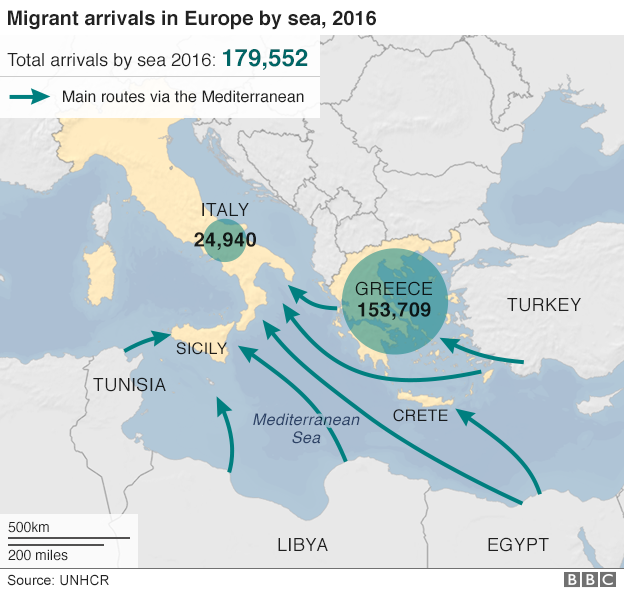
- Published3 April 2016
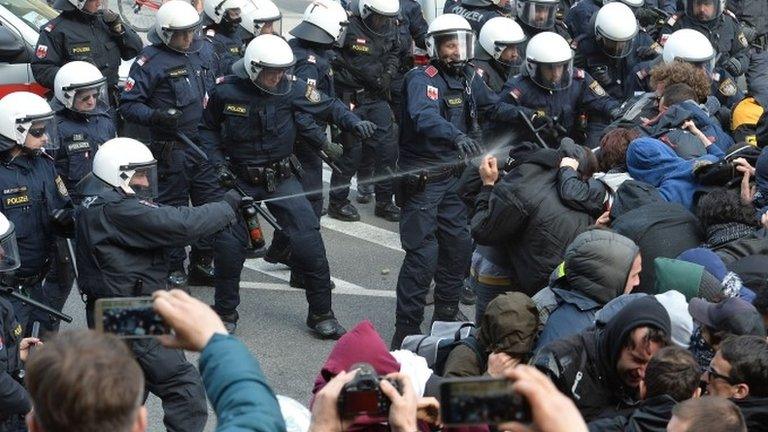
- Published12 April 2016
